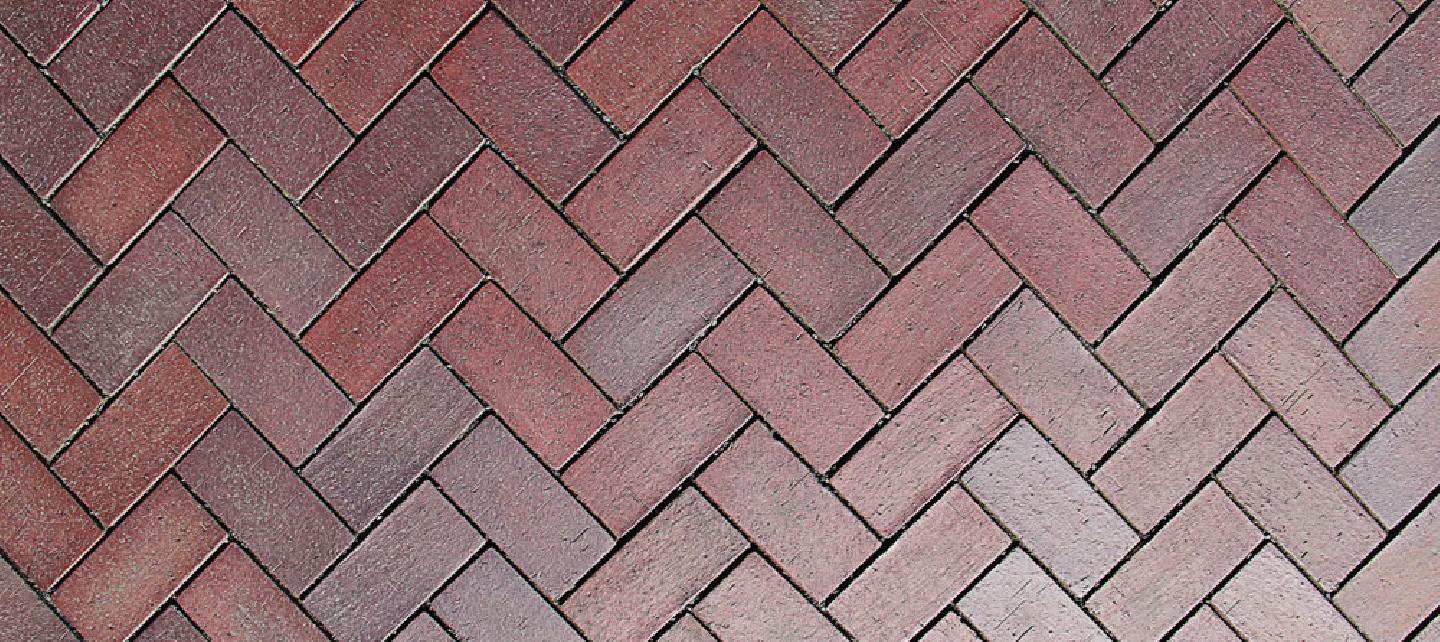All paving will require some basic maintenance to keep them looking their best, even if it’s just a wash with soap and water. Cleaning is usually easy and even the most neglected paving can often be rejuvenated with a little effort. There are a variety of cleaning methods and products available for removing stains and growths from concrete and natural stone. Although these are generally successful, it can sometimes be difficult to remove stains completely. A regular maintenance regime is effective in the upkeep of a paved area.
These notes are meant for general guidance and are not intended to be exhaustive.
Removing General Dirt and Debris
To remove general dirt and detritus, regular brushing is recommended. If the colour of the paving becomes masked it may be re-established by scrubbing with soap and warm water, either by hand or by using a domestic jet wash cleaner. The simplest way is to scrub the area with soapy water.
Use washing-up liquid or an acid-free soap-based floor cleaning product. The soapy water is swilled onto the surface of the paving and then brushed with a bristle brush to loosen the surface detritus.
Wash off the loosened dirt with clean water, ensuring all the soap has been thoroughly washed from the surface. Carefully channel the resulting run-off to either drainage points or containers where it can be safely disposed of. If a power hose is used then care must be taken to avoid the removal of the jointing material (sand or mortar). After completion the pavement should be inspected and the jointing material replaced as required.
Weed Control
Unfortunately there is no such thing as a weed-free surface. If detritus is allowed to accumulate on a surface, it will only be a matter of time before weeds or other plants germinate. Secondly, when properly constructed, weeds do not grow through block paving. Weeds will grow into paving, by colonising the sandfilled joints or settling onto accumulated detritus, but it is very rare for weeds to grow through 200mm or so of pavement structure.
Weeds can usually be pulled off the surface of most paving, or scraped off using a hoe or similar tool. Where roots have been sent down into the jointing, removal of the weed often brings away some of the sand, and this should be replaced as soon as the surface is clean. Partially-filled or empty joints are detrimental to pavement performance.
Regular trafficking by foot or by wheels will limit the ability of the weeds to re-colonise an area, but for those areas with little or no traffic there are a number of anti-weed strategies available.
• Regular brushing disturbs any newly emerging weeds and removes them before they can establish themselves.
• Weed killers, when used with care, can be very effective at killing existing weeds and deterring re-colonisation for a period of weeks or even months.
Look for products which have been specifically developed for use with paving or in gardens, rather than general herbicides which kill everything. Contact weed killers work by coming into contact with the weed and are suitable for rapid killing of simple surface weeds. A systemic weed killer takes longer to kill the weed, but it is absorbed and taken into the whole plant and not just the above-ground leaves and stems.
Always follow the manufacturer’s instructions and avoid washingoff into any planted areas.
Â
Magee & Son specialises in local paving services. Decorative paving can enhance and improve the look of your garden and there are many different styles of paving. We work with a selection of natural sandstone, granite, limestone & slate and our driveways and patios are individually designed to blend with the age and style of your property, garden and surrounding landscape.







